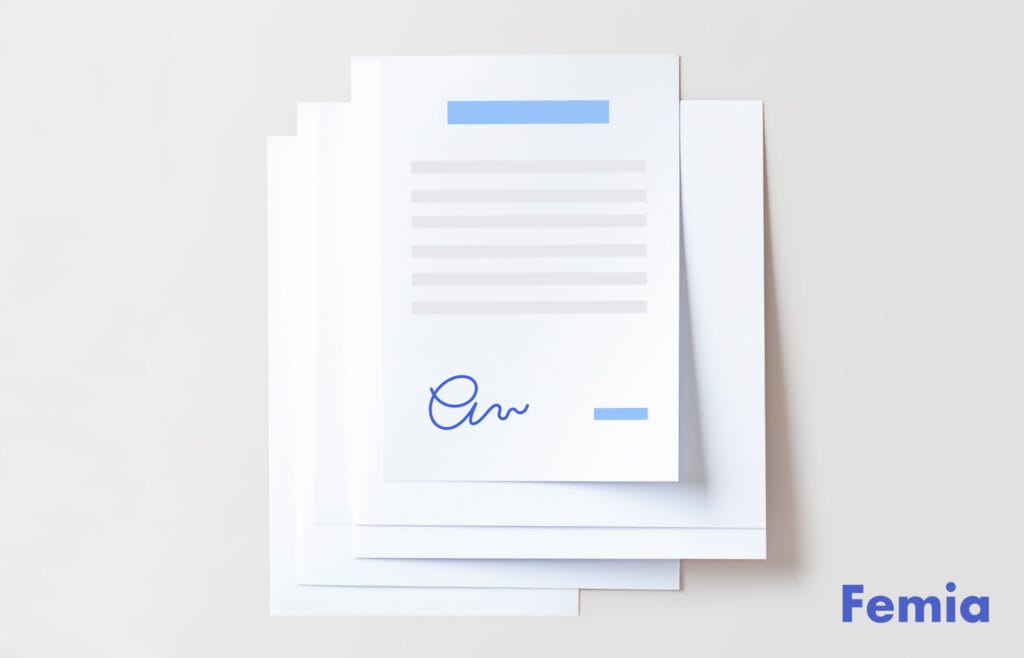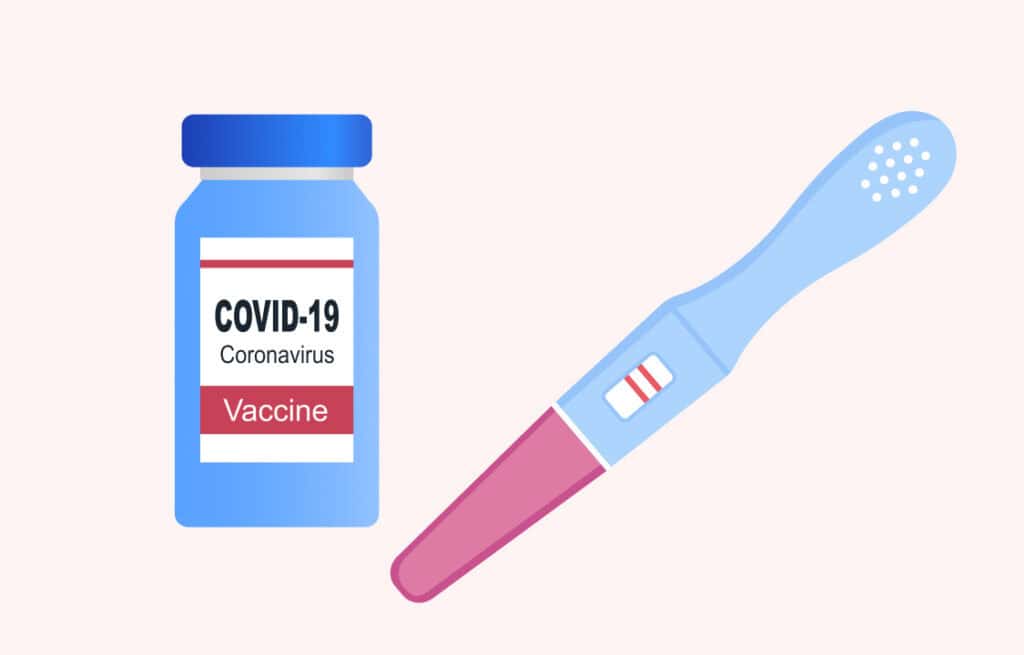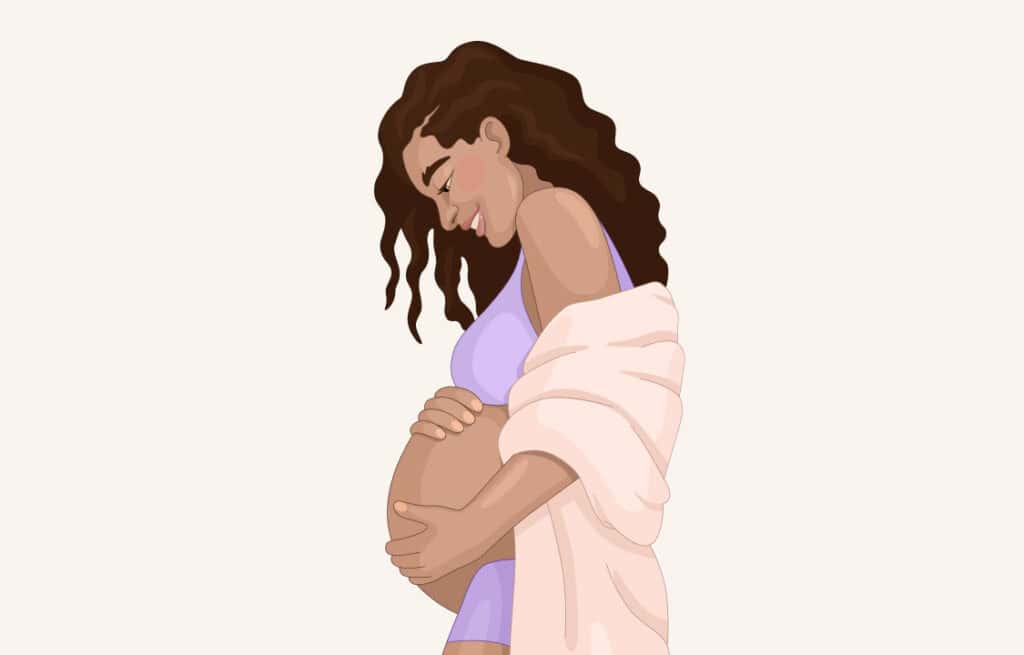Femia > Health Library > Pregnancy > Pregnancy health > How to get short-term disability approved while pregnant by a doctor
How to get short-term disability approved while pregnant by a doctor

- Updated
- Published
Crafted by human
At Femia, we provide accurate and up-to-date information at every stage of your journey, from trying to conceive, pregnancy and postnatal support. All content is created by a real person based on in-depth research and own professional experience. Femia ensures that you will receive expert advice, strict accuracy and a personalized approach from our authors/medical experts. Learn more about our editorial policy. Discover more about editorial policy.
Fact checked
At Femia Health, we maintain the highest standards of editorial excellence in delivering content focused on helping you conceive, guiding you through pregnancy, and supporting you postpartum. Explore our content review principles to learn how we ensure the accuracy and quality of our health and lifestyle tips for every stage of your journey.
To get short-term disability approved by a doctor when pregnant, schedule a consultation with your healthcare provider to explain your specific symptoms and the impact on your ability to work. Provide any necessary documentation, and file a claim to your insurance company.
According to the Bureau of Labor Statistics, only 27% of civilian workers had paid family leave in 2023, and 90% had access to unpaid family leave. So, if you are reading this article because you don’t have paid maternity leave, or it is too short to cover your post-birth healing, you’re not alone.
The law that most US women rely on is the Family and Medical Leave Act (FMLA), which states that their job will be waiting for them for up to 12 weeks after childbirth and adoption. While this law applies to the majority, state and local laws may have some restrictions, so make sure to double check the regulations for your area. The main concern about this law is that it does not require companies to compensate for that time off, so many women are turning to short-term disability coverage to help offset the lack of pay.
If this situation applies to you, let’s explore what options you may have.
What is short-term disability insurance?
Only California, Colorado, Connecticut, the District of Columbia, Hawaii, Massachusetts, and New Jersey require companies to offer paid family leave for pregnancy and childbirth.
Whether you have an opportunity to get this paid leave or not, short-term disability insurance can increase funds available while you heal after giving birth. Even though it is uncommon to get both disability and paid maternity leave for the same period, some may still use the disability benefits to recover from the birth.
Short-term disability insurance works by replacing all or a specific percentage of your income when you’re temporarily unable to work due to either non-work-related injury or medical condition. The reason for women choosing this insurance is that money is paid directly to them, giving women a freedom in choosing how best to allocate these funds.
When will I be considered disabled when pregnant?
Pregnancy alone isn’t considered a disability. The ADA’s definition of disability is an impairment that substantially limits a person from one or more major life activities.
According to the Americans with Disabilities Act Amendment Act (ADAAA), there is no specific rule on how long an impairment must last for it to be considered substantially limiting. Therefore, daily activities like walking, standing, and lifting might be affected by disability related to pregnancy.
Simply put, you may be considered disabled as a result of pregnancy and after giving birth if it is impossible for you to perform the majority of your job functions consistently. However, this decision should be made by your physician.
What are short-term disability pregnancy benefits?
Getting short-term disability pregnancy status is the ability to receive a portion of your monthly income until you can fully perform your work responsibilities or until the end of your benefit period—whichever comes first. It’s important to note that short-term disability benefits usually last three to six months. The length of short-term disability pregnancy coverage and type of disabilities covered will also depend on the definition of disability stated in the employer’s legal documents, so asking for them ahead of time is always a good idea.
The percentage of your usual income that will be covered varies on a case-by-case basis. In contrast to health insurance, which is paid to a hospital to cover specific treatments or care you received, disability payments are paid directly to you, so there are no requirements on how to spend them.
Femia offers the most accurate tool for determining ovulation and fertile days
Do complications related to your pregnancy mean more benefits?
This might be another area of disagreement with your insurance company, because there are often strictly defined policies about what qualifies as a disability. For example, even if your doctor prescribes bed rest because of mild complications or conditions developed during pregnancy, an insurance company may claim that you don’t meet their criteria for having a disability.
In situations like these, a disability lawyer can help you navigate the legal language and maximize the benefits you receive.
On the other hand, severe medical issues during pregnancy or birth may lead to greater benefits.
FMLA vs STD: what to choose if both are available?
Short-term disability (STD) is particularly designed for cases where an employee is unable to perform their job at normal capacity because of health issues. In contrast to FMLA, STD does not guarantee job protection. So, if you take time off from work for health issues and receive disability insurance, your employer is not obligated to keep your role available for you when you want to come back.
FMLA, on the other hand, protects job security if you have to take medical leave, whether paid or unpaid. The other key difference from STD is that FMLA is available when either an employee or a member of their family has a medical condition that limits the employee’s ability to perform their job. This may include maternity leave, paternity leave, adoption, or caring for a family member with a severe health condition.

Pre-existing coverage exclusion: what you want to know
If you were pregnant at the time your policy took effect, you can expect denial of a short-term disability claim if the policy contains a pre-existing coverage exclusion.
If you purchase short-term disability coverage by yourself rather than getting it at work, we recommend purchasing it at least a year before you want to use it.
How to get your doctor to put you on disability while pregnant
In order to receive short-term disability status and its benefits, you will have to go through several steps. Unfortunately, disability insurance companies can only approve the status when you provide the required document package.
So, let’s go through the steps you’ll have to take:
Step 1. Review your plan or policy documents
Once you decide to seek compensation, you will first need to check your employer’s policy to determine whether you qualify for short-term disability coverage for pregnancy and the extent of any exclusions.
At this step, you will also need to verify the procedure and documents you need to file the claim as well as existing deadlines.
Discuss your claim with both the insurance provider and HR department, because they can explain the claims submission process to you.
Step 2. Collect your evidence
Once you learn what documents your employer may require, you will need to gather all relevant medical and personal data that will support the disability status. These documents may include:
- Medical records: Detailed records of any pregnancy complications.
- Doctor’s notes: Notes from your physician outlining the condition or complications you need disability leave for.
- Personal data: Any personal notes of symptoms showing your inability to work as expected.
Step 3. Engage with a doctor
Your primary doctor will play a key role in the final decision, so here is what you may want to consider when engaging with them:
- Communicate openly: Share symptoms you have and how they impact your daily activity.
- Express your concerns: Clearly articulate why you want disability leave and how it will benefit both you and your baby.
- Ask for support: Seek your doctor’s help in documenting all the symptoms and complications to get short-term disability status.
Step 4. Apply for disability benefits
Once all the necessary documentation is in your hands, you can finalize the application process:
- Complete application forms: Fill out all the required forms, and consider seeking help from a legal team to understand the language.
If you anticipate a problematic claim, hire an attorney to help with the claims process. If you need to take more time off from work due to pregnancy complications, you may fall within one of the exclusions in the policy, and you may need to fight.

Questions from the Femia community
What happens to my pregnancy disability benefits after giving birth?
Can I apply for longer disability status when pregnant with multiples?
Can I apply for short-term disability status more than once a year?
Can you use short term disability for maternity leave?
What if my short-term disability is denied?
The bottom line
Pregnancy is one of the most important parts of most women’s lives, but US laws make it harder for women to fully recover without worrying about money and work. That’s where short-term disability status for pregnancy may be helpful. Knowing how to properly get this status and seeking a lawyer’s help can be the best decision to secure your peace of mind and enjoy your baby entering this world without any rush.
References
- “EBS Home : U.S. Bureau of Labor Statistics.” Www.bls.gov, www.bls.gov/ebs/home.htm.
- U.S. Department of Labor. “Family and Medical Leave Act.” Dol.gov, www.dol.gov/agencies/whd/fmla.
- Prudential.com, 2024, www.prudential.com/financial-education/maternity-leave#:~:text=How%20long%20can%20I%20receive. Accessed 15 June 2024.
- ADA. “ADA.gov.” Ada.gov, 2024, www.ada.gov/.
- Wikipedia Contributors. “ADA Amendments Act of 2008.” Wikipedia, Wikimedia Foundation, 13 Sept. 2019, en.wikipedia.org/wiki/ADA_Amendments_Act_of_2008.
- Disability Insurance and Pregnancy – FindLaw. https://www.findlaw.com/injury/accident-injury-law/disability-insurance-and-pregnancy.html. June 15, 2024.

Is it safe to get piercings while pregnant? Read a detailed expert medical guide on the potential impacts of piercings on the mother’s and baby’s health.

Kansas has filed a lawsuit against Pfizer, alleging misinformation about its COVID-19 vaccine’s safety and effectiveness, including during pregnancy. Learn more about the claims, evidence, and implications.

Discover what quickening is in pregnancy, when to expect it, and what it feels like. Learn how to monitor your baby’s first movements and when to consult your doctor about any concerns.

